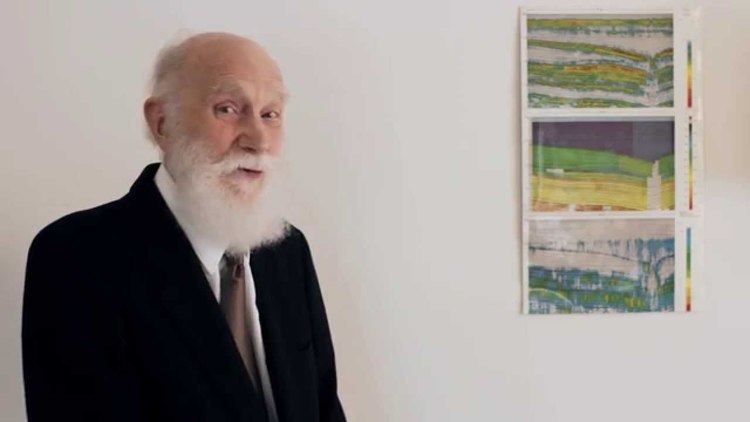Name Nigel Anstey | Role Researcher | |
 | ||
Books Seismic interpretation, Simple seismics, Vibroseis | ||
The desiderius erasmus award 2014 nigel anstey
Nigel Allister Anstey, British geophysicist, has made major contributions to seismic exploration, which are the foundations for many of the techniques used in today’s oil and gas exploration. Anstey’s contributions impact every major area of seismic exploration -– from seismic acquisition to seismic processing to interpretation to research. He is the holder of over 50 multinational patents. He is best known by many geoscientists for distilling the geophysical concepts of the seismic method into non-mathematical teachings for seismic interpreters.
Contents
- The desiderius erasmus award 2014 nigel anstey
- Major contributions selected
- Honors
- Books
- Journal publications
- Quote
- References
Anstey’s work in seismic exploration has spanned 7 decades. Upon graduation from the University of Bristol in 1948, he joined Seismograph Service Ltd. (SSL) and spent five years in the Middle East and the West Indies as an observer on a seismic crew. In 1953, he returned to the UK as a research geophysicist. He wrote a number of seminal papers while at SSL. In 1968, he established the European offices of Seiscom Delta. In 1975, he left the company to focus on teaching and consulting. He has written many books, monographs, and journal articles, as well as being a Distinguished Lecturer for the SEG. He is still an active contributor to the field of seismic exploration.
Major contributions (selected)
In the 1950s, he began making major contributions to the seismic exploration, which are foundations for the standard techniques used today. He and his colleagues at SSL pioneered the used of cross-correlated seismic sections. His 1957 paper, ‘’Why all this interest in the shape of the pulse?” sparked research on the seismic wavelet (still an active area of research). In 1959, he published the first paper on the earth’s effect on the seismic waveform and its relationship to peg-leg multiples.
In 1961, he co-invented (with W. E. Lerwill) the magnetic correlator, which made practical the Vibroseis method, which today is a standard seismic source for land acquisition.
In 1971, he introduced the use of color overlays of seismic velocity on the seismic section for distinguishing lithologic differences. The use of attribute overlays is standard practice today. In 1975, he was awarded a patent for the basic VSP (vertical seismic profile).
Since 1975, when Anstey left Seiscom Delta to concentrate on teaching and consulting, he has written a number of books, monographs and papers. Many geophysicists have been introduced to the seismic method and Anstey through his series of educational videos. His contributions have been recognized with many honors.
Honors
Books
Journal publications
Quote
"I do take pleasure in writing teaching material which transcends the artificial boundaries between field work, processing, and interpretation; and indeed, the artificial boundaries between geophysics and geology also. If my generation of geophysicists has anything to offer the new generation, as we pass the baton to them, it is perhaps this wide view of the science as a whole."
